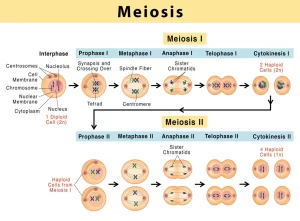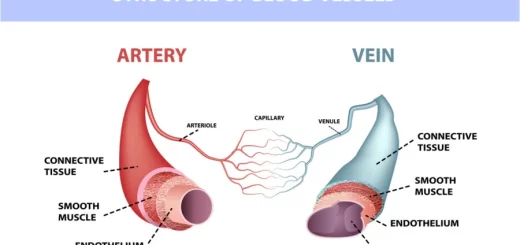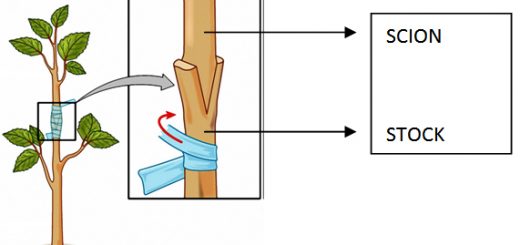Meiotic cell division (Meiosis) or reduction division stages and features
Meiosis produces the male gametes and the female gametes to complete the sexual reproduction, It occurs only in the reproductive cells, Where it occurs in the testis to produce the male gametes (the sperms) and in the ovary to produce the female gametes (ova) in the humans and the animals.
What is the meiotic division?
Meiosis occurs in the anther to produce the male gametes (the pollen grains) and in the ovary to produce the female gametes (the eggs) in flowering plants.
Meiotic division, or meiosis, is a special type of cell division that occurs in sexually reproducing organisms to produce gametes (sperm and egg cells in animals, pollen and ovules in plants). It reduces the chromosome number by half, ensuring that offspring have the same chromosome number as their parents after fertilization.
Phases of Meiosis
Before starting Meiosis, the cell passes through Interphase where the chromosomes are doubled, Meiotic division takes place in two stages which are the first meiotic division, and the second meiotic division.
First Meiotic division
It produces two cells, Each of them contains half the number of chromosomes, The phases of the first Meiotic division are Prophase I, Metaphase I, Anaphase I, and Telophase I.
Prophase I: It is very important to know that in this phase, the chromatin reticulum condenses (intensifies) and appears in the form of distinct chromosomes, The chromosomes are arranged in homologous pairs, Each pair consists of 4 chromatids which are called a tetrad.
The crossing over phenomenon occurs, The nuclear membrane and the nucleolus disappear, Each two homologous chromosomes (in the tetrad) move away from each other, The spindle fibres appear and connect to the chromosomes at the centromere.
Metaphase I: It is very important to know that in this phase, The chromosomes pairs arrange at the cell equator.
Anaphase I: You should know that in this phase, The spindle fibers shrink, so every two homologous chromosomes move away from each other, One of the two chromosomes migrates towards the cell pole and the other migrates towards the other pole, Therefore, Each pole contains half the number of the parent cell chromosomes.
In Telophase I, The spindle fibers disappear, The nuclear membrane is formed around the chromosomes, at each of the cell’s poles leading to the formation of two nuclei, Each nucleus contains half the original number of parent cell chromosomes, Each cell contains (N) chromosomes.
The crossing-over phenomenon
The traits are different between the members of the same species due to the crossing over a phenomenon which is a phenomenon that takes place at the end of prophase I and in which some parts of the two inner chromatids of each tetrad are exchanged to produce new genetic arrangements.
The crossing-over phenomenon works on the variations of genetic traits among the members of the same species, where it contributes to the genes (that carry the genetic traits) exchanging between the two homologous chromosomes‘ chromatids and distributing them randomly in the gametes.
Second Meiotic division
The second meiotic division aims to increase the number of the produced cells from the first meiotic division, Prophase II, Metaphase II, Anaphase II, And Telophase II are the second meiotic division phases.
Each cell of the two cells resulted from the first meiotic cell division is divided in a way similar to the mitotic cell division, In the final phase (Telophase II) of this division, four cells (four gametes) are produced and each of them contains half the number of the chromosomes of the parent cell.
Meiotic cell division is called by reduction division because the produced cells contain half the number of chromosomes of the parent cell.
Importance of Meiosis
- Maintains chromosome number across generations.
- Generates genetic diversity, which is essential for evolution and adaptation.
- Allows sexual reproduction and formation of gametes.
Phases of Meiotic cell division (Meiosis), Nanotechnology & cancer treatment
Cells types, Chromosomes, Cell division, Phases of mitosis division & Liver Transplantation
Mitotic cell division (Mitosis) or indirect cell division stages & features
What are the importance and structure of chromosomes?
Structure of Nucleic Acid (DNA), Enzymes, DNA replication and DNA repair mechanism
Genes, Chromosomes, Proteins, Bacteriophages & Quantity of DNA in the cells
Cell division types, Mitosis, Meiosis, Reductional division & Equatorial division




